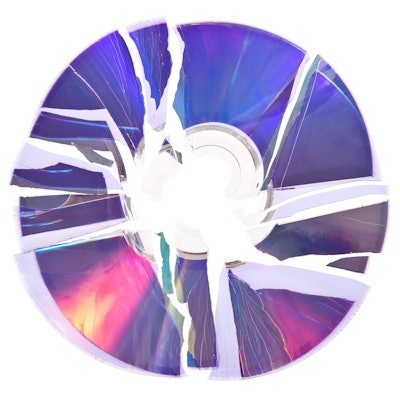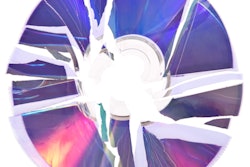
An automated workflow process can accurately and expeditiously handle the importing of outside imaging studies that arrive on CDs, freeing up staff time and enabling near real-time availability of these exams on PACS, according to research published online November 11 in the Journal of Digital Imaging.
To reduce turnaround time and the need for human intervention, a team led by Donovan Reid and Ameena Elahi of Penn Medicine in Philadelphia developed an automated workflow process that can upload outside images from CDs in an average of one minute. As a result, six of the nine full-time employees tasked with manually uploading, scheduling, and processing outside tasks were able to be reallocated to other roles in the department.
"Studies are now viewable in PACS with an institutional accession number and exam code within a matter of minutes," the authors wrote.
Previously, outside imaging studies were processed at three sites by nine full-time equivalent (FTE) staff members using different image exchange applications, which all required manual intervention upon import. This old methodology was used to upload approximately 48,000 outside studies across three hospitals and several remote community radiology locations.
Faced with a growing demand for importing images, the Penn Medicine team experimented with a number of approaches to improve turnaround time and timeliness of image availability. The group settled on an automated workflow process that also reconciles patient demographics. This enables outside studies to be available within the PACS along with any other patient exams performed within their organization.
Using an image-exchange application, the uploaded studies are automatically processed to PACS with an internal procedure code and accession numbers that are in sequence with imaging studies that are acquired internally. This reduces the turnaround time and the number of FTEs required to process these exams, according to the authors.
After the last phase of workflow automation was completed in 2017, the total number of disks uploaded reached 206,804 in 2018. They noted that all studies across the health system are originally uploaded as reference exams.
"To obtain a second opinion, an order must be placed by a clinician," they wrote.
An average of 13,000 exams each year receive orders for radiology second opinions. The department requests that orders for second-opinion interpretations be placed after the study has been uploaded and an image of the original outside report has been stored in the electronic medical record (EMR) system.
Studies are occasionally received without a description and consequently can't be matched to an internal study code, according to the authors. In these cases, a generic order is created, but the study is not released to the PACS.
Image processing department employees then review those studies from a worklist created in their institution's EMR system. They locate the study in the image exchange application and then manually process the exam to the PACS. The image processing department also manually processes studies that fail to process to the PACS due to the study format or an incomplete disk upload.



















